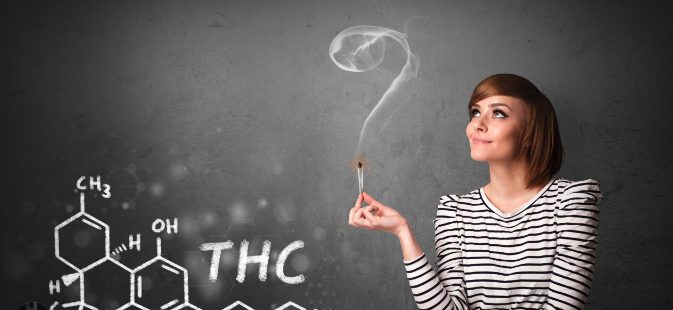Uncomfortably High: Many Cannabis Labels Found Inflating THC Levels
LOS ANGELES–Legal cannabis products sold in the United States are required by law to report their THC potency, or the percentage of tetrahydrocannabinol by dry weight, on the packaging. However, concerns have been raised about the accuracy of these reported THC potency values. This is particularly worrisome because THC potency is a significant factor in determining the pricing of cannabis flower, giving it an outsized role in the marketplace.
There have been reports of inflated THC potency and “lab shopping,” or selecting labs that will provide higher THC potency results. However, until now, there has not been a side-by-side investigation of the reported potency and the actual flower in the package. In a recent study, called Uncomfortably High, research funded by the University of Northern Colorado analyzed THC potency in 23 samples from 10 dispensaries throughout the Colorado Front Range using high-performance liquid chromatography (HPLC). They then compared the results to the THC potency reported on the packaging.
The researchers found that the average observed THC potency was 14.98 +/- 2.23%, which is substantially lower than recent reports summarizing dispensary reported THC potency. The average observed THC potency was 23.1% lower than the lowest label-reported values and 35.6% lower than the highest label-reported values. In fact, about 70% of the samples were more than 15% lower than the THC potency numbers reported on the label, with three samples having only half of the reported maximum THC potency.
Although it is difficult to determine the exact source of these discrepancies, the researchers suggest that a lack of standardized testing protocols, limited regulatory oversight, and financial incentives to market high THC potency likely play a significant role. Given these results, it is urgent that steps are taken to increase the accuracy of labeling for cannabis being sold to the public.
The lack of accurate reporting of THC potency can have significant impacts on medical patients who rely on accurate dosing, recreational consumers who expect an effect aligned with the price they pay, and the trust in the cannabis industry as a whole. As the legal cannabis market continues to grow, it is essential that the industry moves towards selling products with more accurate labeling.
In conclusion, the study’s findings shed light on the issue of inaccurate labeling of cannabis products and the need for more standardization and oversight in the industry. The researchers emphasize that ensuring accurate labeling is crucial for the safety and well-being of both medical and recreational cannabis users, and for the overall credibility and trustworthiness of the legal cannabis industry.



































